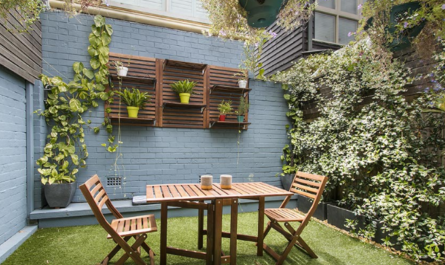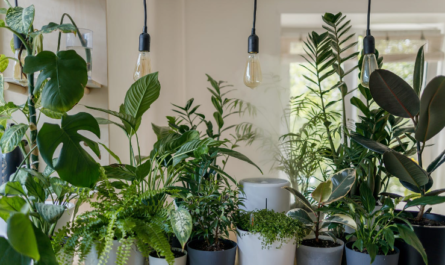Indoor plants are a fantastic way to bring a touch of nature into your home, improving air quality and enhancing your living space’s aesthetic appeal. If you’re new to the world of indoor gardening, don’t worry! This beginner’s guide will help you select, care for, and enjoy thriving indoor plants.
1. Choosing the Right Plants for Indoor Plants
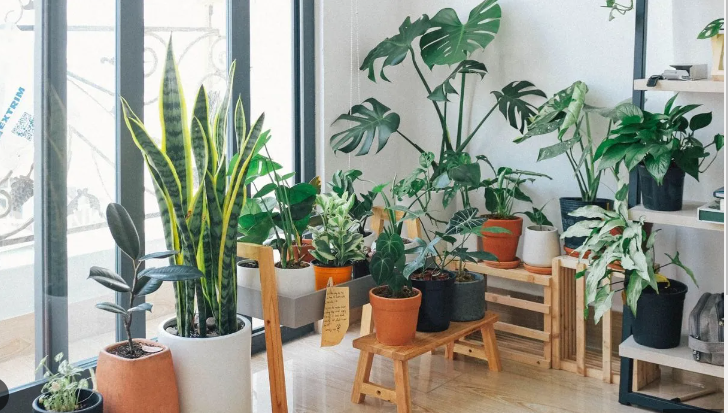
Selecting the right plants is crucial for ensuring they thrive in your home environment. As a beginner, look for plants that are known for their hardiness and low maintenance requirements. Here are a few excellent choices:
Snake Plant (Sansevieria) in Indoor Plants
- Light: Tolerates low light but prefers indirect sunlight.
- Water: Water sparingly; allow soil to dry between waterings.
- Benefits: Excellent air purifier.
Pothos (Epipremnum aureum)
- Light: Thrives in low to bright indirect light.
- Water: Water when the top inch of soil is dry.
- Benefits: Easy to propagate and very forgiving.
Spider Plant (Chlorophytum comosum)
- Light: Prefers bright, indirect light but can tolerate lower light levels.
- Water: Keep soil consistently moist but not soggy.
- Benefits: Effective at removing indoor air pollutants.
ZZ Plant (Zamioculcas zamiifolia) Indoor Plants
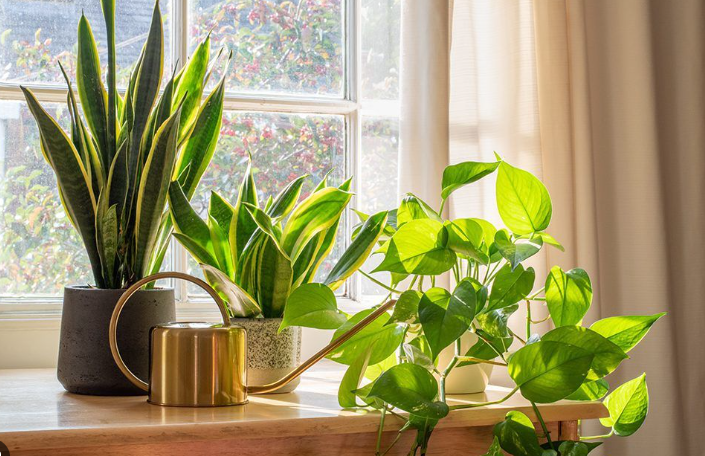
- Light: Low to bright indirect light.
- Water: Allow soil to dry out completely between waterings.
- Benefits: Extremely drought-tolerant and robust.
2. Understanding Light Needs for Indoor Plants
Light is one of the most critical factors for plant health. Different plants have varying light requirements:
- Low Light: Ideal for rooms with little natural light. Examples include Snake Plant and ZZ Plant.
- Medium Light: Suits rooms with indirect sunlight. Pothos and Spider Plants thrive in these conditions.
- Bright Light: Necessary for plants that need a lot of sun, such as succulents and cacti. Ensure they get several hours of sunlight daily.
To maximize light exposure, place plants near windows but avoid direct sunlight unless the plant specifically requires it. Sheer curtains can diffuse harsh sunlight.
3. Watering Wisely
Overwatering is a common mistake for beginners. Each plant has unique water needs, but general watering tips include:
- Check Soil Moisture: Before watering, check if the top inch of soil is dry.
- Use Proper Containers: Ensure pots have drainage holes to prevent waterlogging.
- Water Evenly: Water the soil evenly until it drains out of the bottom.
- Seasonal Adjustments: Plants typically need less water in winter.
4. Soil and Potting
Choosing the right soil and pot is vital for plant health:
- Soil: Use a well-draining potting mix suited to your plant type. For example, cacti and succulents need a sandy mix, while tropical plants prefer a loamy mix.
- Pots: Choose pots with drainage holes to prevent root rot. Repot plants every 1-2 years to refresh the soil and provide room for growth.
5. Temperature and Humidity
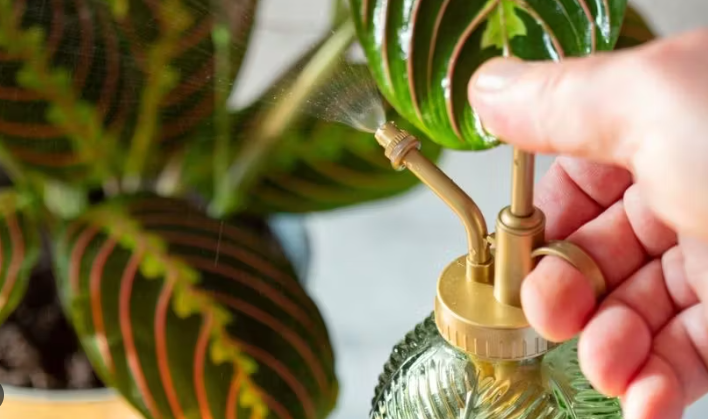
Most indoor plants prefer stable temperatures between 65-75°F (18-24°C) and moderate humidity. Avoid placing plants near drafts, heating vents, or air conditioners. Humidity-loving plants, like ferns, may benefit from occasional misting or being placed near a humidifier.
6. Fertilizing
Indoor plants need nutrients to thrive, but too much fertilizer can harm them. Use a balanced, water-soluble fertilizer during the growing season (spring and summer) and follow the recommended dosage. Reduce or stop fertilizing during the dormant period (fall and winter).
7. Pest Control
Keep an eye out for common pests like spider mites, aphids, and mealybugs. Regularly inspect your plants and treat infestations promptly with natural remedies like neem oil or insecticidal soap. Maintaining healthy plants through proper care reduces the risk of pest problems.
8. Tips for Success
- Start Small: Begin with a few easy-to-care-for plants and gradually expand your collection.
- Learn and Observe: Pay attention to how your plants respond to their environment and adjust care routines as needed.
- Join a Community: Engage with online plant communities or local gardening groups for advice, support, and inspiration.
Conclusion
Embarking on the journey of indoor gardening can be incredibly rewarding. By choosing the right plants, understanding their needs, and providing consistent care, you’ll soon enjoy a thriving indoor garden that brings beauty and tranquility to your home. Remember, every plant has its own personality, so take the time to learn and nurture them, and you’ll be well on your way to becoming a confident and successful indoor gardener. Happy planting!
